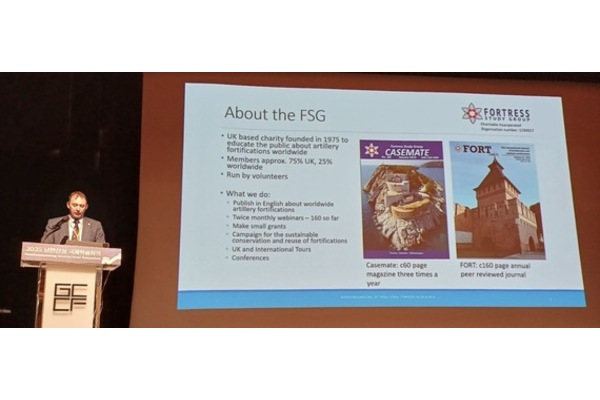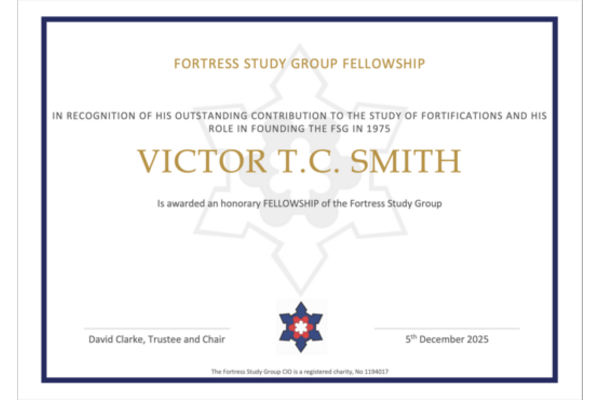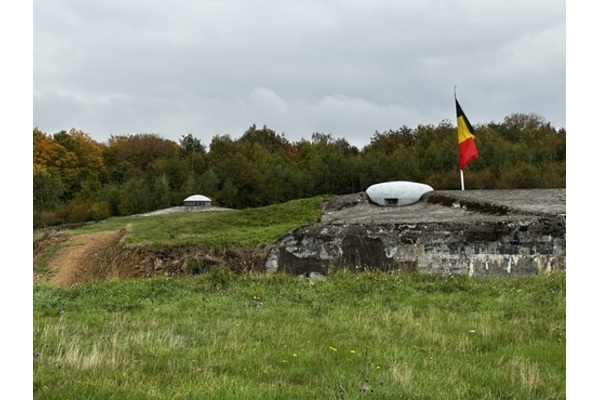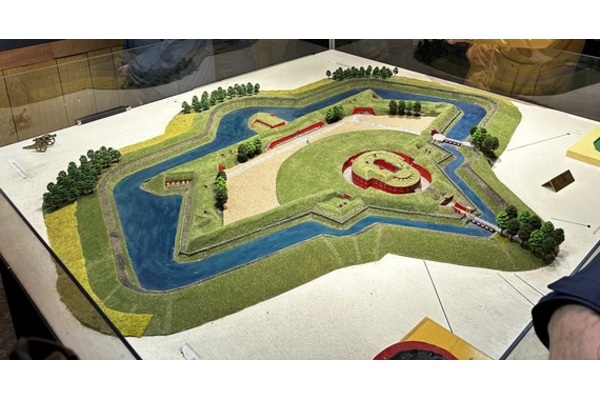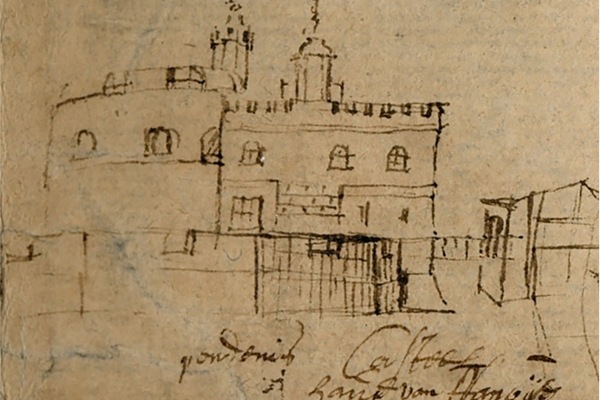
Fortress Study Group chair David Clarke joined a roster of speakers from South Korea, India, Japan, China anDavd the Netherlands at the 2025 Namhansanseong International Symposium. The theme of the conference was the utilisation of cultural heritage and David spoke about how the recognition and conservation of artillery fortifications has developed in Great Britain since the FSG was founded in 1975.
He explained how fortifications from 1800 onwards were not always valued when the FSG was founded in 1975 whereas today many of these sites are seen as valuable heritage and community assets. Fortifications have been turned from eyesores, under threat of demolition, into popular visitor attractions or repurposed for community or small business use. He also highlighted the importance of official guidance on scheduling and listing military heritage and the huge importance of the volunteer and 3rd sector in opening up many more sites to the public in the last 30+ years.
David Clarke said “The Fortress Study Group would like to thank the Gyeonggi Cultural Foundation for the invitation to speak and to congratulate them on a successful conference”.
Speakers from left to right in photograph
- David Clarke, Chair of the Fortress Study Group
- Mizuko Ugo Professor, Gakushuin Women’s College, Japan
- Federica Marulo Assistant Professor, University of Groningen, Netherland
- Pooja Agrawal Architect & Associate Urban Designer(DRONAH Outreach Expert), DRONAH Foundation, India
- Seonhwa Oh Director, Hwaseong Management Office, Suwon Special City, Korea
- Wang Yi Associate Researcher, Hangzhou City University, China
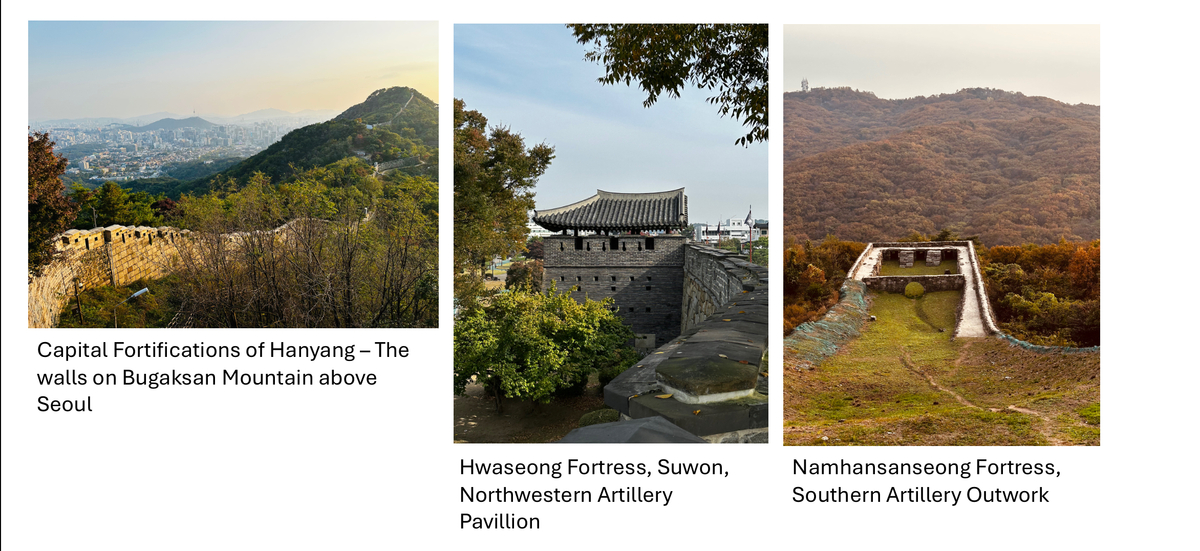
About the Namhansanseong Fortress
The UNESCO World Heritage listed Namhansanseong mountain fortress was built south east of Seoul in the 17th Century as a fortified refuge for the king and government. The site is a plateau 480m above sea with 12km of walls on the surrounding hills. Following an invasion by the Chinese Qing dynasty in which the fortress was forced to surrender after an artillery bombardment in 1638 it was reinforced with artillery outworks to prevent a recurrence.
The conference speakers also visited World Heritage Listed Hwaseong Fortress at Suwon and the Hanyang (Seoul) Capital Fortifications which are on the UNESCO tentative list.
The Capital Fortifications of Hanyang consist of three main components completed in the 18th Century: the Hangyangdoseong Capital City Wall on the hills surrounding modern day Seoul, the Bukhansanseong Mountain Fortress to the north which was a wartime refuge for the population of the capital and the Tangchundaeseong Defense Wall or connecting fortress which joined the two.
The Bukhansanseong Mountain Fortress took over the national refuge role that Namhansanseong, in the south had previously held.
Also to the south of Seoul is Hwaseong Fortress which is on flat land and was built as a new walled city between 1794 and 1796 largely to honour and protect a royal tomb. The restoration of the site has been hugely aided by the survival of original drawings.

